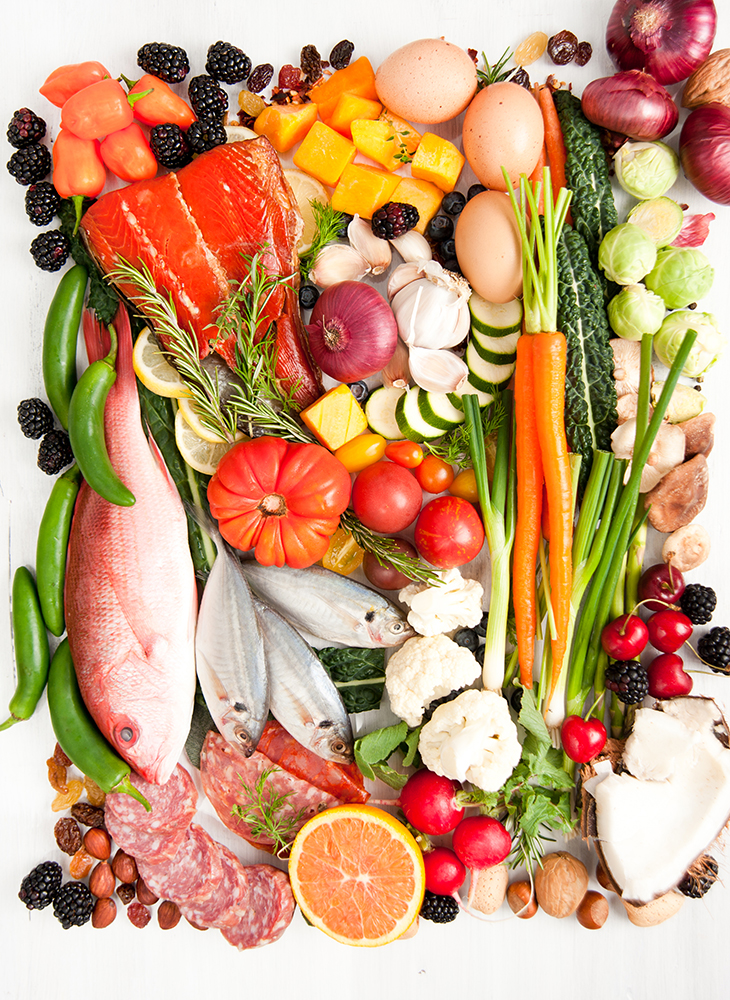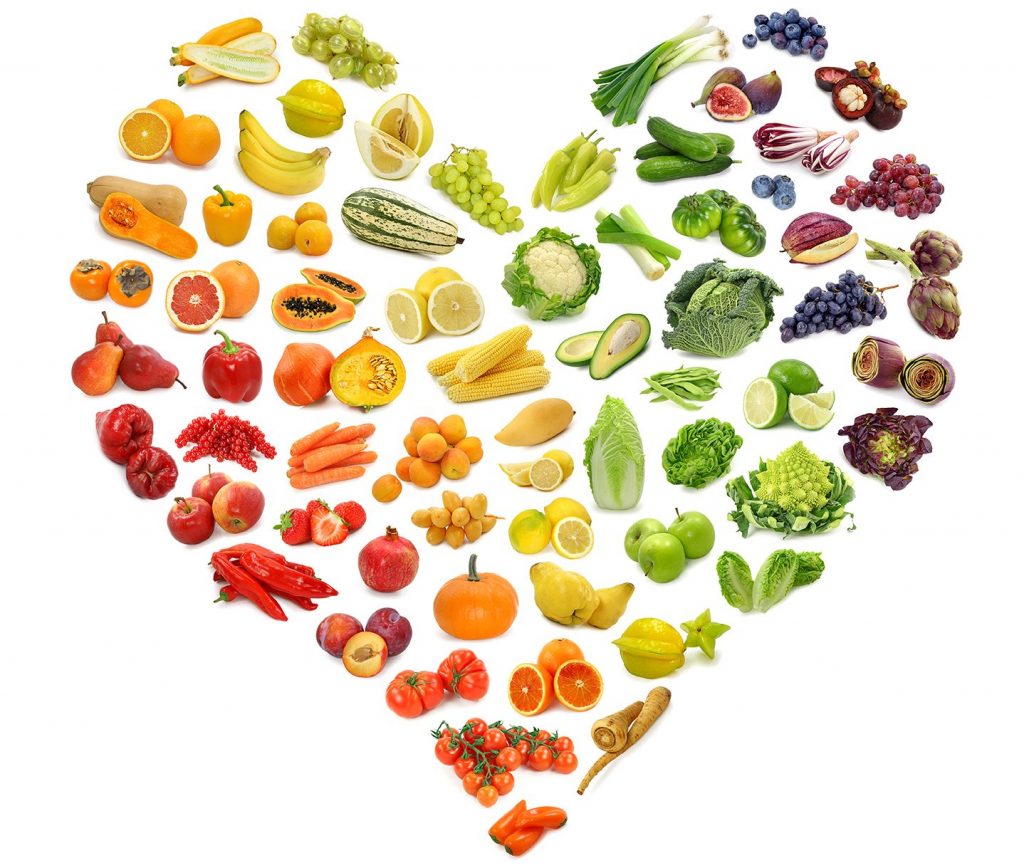Weight Management: Carbs, Calories, or Keto?
 For most of the past 40 years, dieters have been told to limit dietary fat, believing it leads to obesity and heart disease. Today, dieters hear messages to indulge in a very high-fat (ketogenic) diet and limit the carbohydrate-based foods that fueled their low-fat diet. Confusing, eh? The bottom line is: calories count. You can lose weight by limiting carbs and/or fat. Let’s look at the weight management picture, as we understand it to date. (Nutrition is an evolving science!)
For most of the past 40 years, dieters have been told to limit dietary fat, believing it leads to obesity and heart disease. Today, dieters hear messages to indulge in a very high-fat (ketogenic) diet and limit the carbohydrate-based foods that fueled their low-fat diet. Confusing, eh? The bottom line is: calories count. You can lose weight by limiting carbs and/or fat. Let’s look at the weight management picture, as we understand it to date. (Nutrition is an evolving science!)
Are carbs fattening?
Foods such as white bread, pasta, rice and potato (“carbs”) have been demonized as being fattening because they have a high glycemic index. That is, they digest quickly and can spike blood glucose when eaten solo in 50-gram carbohydrate (200-calorie) doses. That happens when the average (unfit) American devours a basket of warm dinner rolls. Blood glucose rises quickly; the pancreas secretes insulin to carry glucose out of the blood and into the muscles. Insulin can stimulate hunger, the desire to eat, and the potential to gain weight.
But how often would you eat rolls without butter? A plate of pasta without sauce and Parmesan cheese? A large potato all by itself — with no butter or protein? Most likely, rarely. Eating “carbs” as part of a meal elicits a lower glycemic response than eating them solo. Protein and fat slow their conversion into blood glucose, thus blunting the glycemic response.
The advice given to the general public to limit high-glycemic foods often results in eating fewer calories (and losing weight). The advice can appropriately help stabilize blood glucose in women with polycystic ovary syndrome (PCOS), and unfit people with obesity, pre-diabetes, and Type II diabetes. But the advice may not pertain to YOU, an athlete. The bodies of athletes eagerly take up blood glucose to fuel exercise and replenish depleted muscle glycogen stores. Too little carb (grain, fruit, vegetable) results in needless muscular fatigue if you train hard day after day.
That said, some very athletic people live in large bodies. They tend to be frustrated they don’t shed fat despite religiously abiding a low calorie diet plus rigorous exercise. As one triathlete complained “I should be pencil thin by now, for the exercise I do…” What’s going on? The answer might relate to that athlete’s personal insulin response to carbohydrate. Research suggests genetics causes some people to be high insulin secretors. Just as not all couch potatoes secrete excess insulin, not all lean athletes escape Type II diabetes.
What does this mean for you, a weight-conscious athlete? If you struggle to lose weight, you might be a high insulin secretor. Take a look at your family genetics: Do your relatives gain weight easily? Do they have diabetes? If yes, you want to talk with your doctor. You might be better off choosing a low glycemic diet, trading processed carbs for whole grains and combining them with lean protein and healthy fats such as nuts, nut butter, and avocado. And plan to keep exercising, religiously.
Keto or veto?
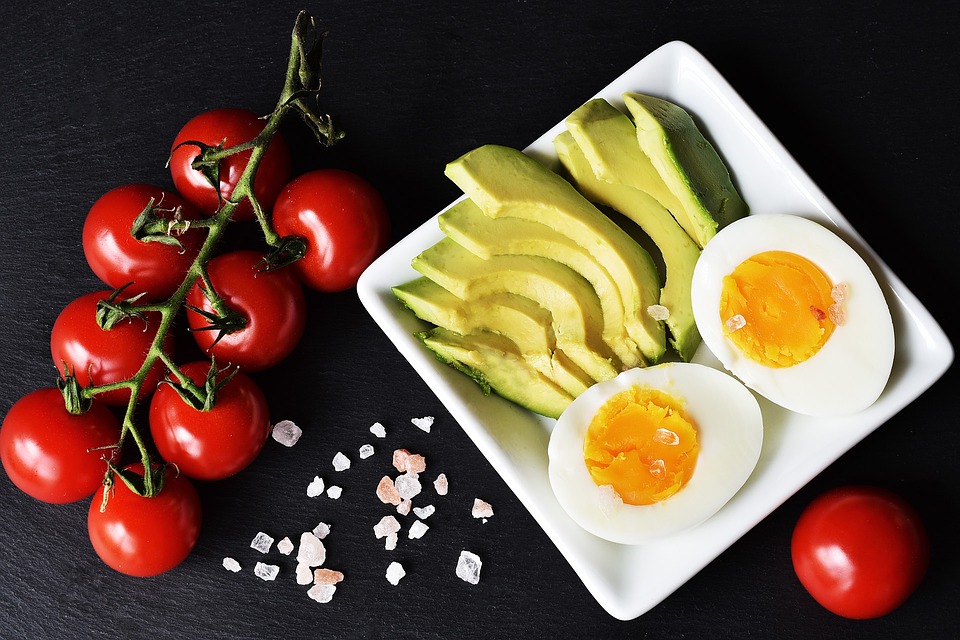 You have undoubtedly heard people rave about the keto diet. This very rigid high fat, low carb food plan with more than 70% of the calories from fat and less than 5% of the calories from grains, fruits and veggies is touted to reduce weight and risk for heart disease, diabetes, cancer, and Alzheimer’s. Here’s some food for thought on the current keto rage. You can figure out if you want to jump in or think twice.
You have undoubtedly heard people rave about the keto diet. This very rigid high fat, low carb food plan with more than 70% of the calories from fat and less than 5% of the calories from grains, fruits and veggies is touted to reduce weight and risk for heart disease, diabetes, cancer, and Alzheimer’s. Here’s some food for thought on the current keto rage. You can figure out if you want to jump in or think twice.
- Nutritional ketosis (NK) (as opposed to diabetic ketoacidosis, a life-threatening condition) curbs hunger due to the appetite suppressing effect of ketones. To induce NK, a person needs to restrict carbohydrate to about 20 to 50 grams a day. That means eating only a few berries, some leafy greens, mushrooms, no milk, yogurt or grains. You’d eat lots of avocado, olive oil, nuts, nut butter, and some cheese, bacon, and fatty meats.
- When carbohydrate is not available for fuel, the body adapts (painfully over several weeks of feeling lousy, hence the term “keto flu”) to burning fat and makes a byproduct called ketones. Infants burn ketones; the adult body needs to relearn how to use them.
- Due to lack of carbohydrate, keto dieters secrete very little insulin, which contributes to reduced appetite which, when combined with limited food options and consumption of fewer calories, leads to fat loss—and the health benefits associated with weight loss, including reduced risk of diabetes, heart disease, etc.
The questions arise:
- Would following a ketogenic diet suit your lifestyle? No bananas, beer, or birthday cake. What would you eat on Meatless Monday? Plant proteins like beans come with too many carbs. No hummus, burritos, chili.
- Would a high intake of saturated fat (bacon, sausage, spare ribs) create cardiovascular issues?
- Does the low fiber intake have a negative impact on your gut (constipation)?
- If you happen to love crunchy apples, fruit smoothies, and roasted veggies (to say nothing of a social life) how long could you sustain the keto lifestyle?
- What would happen when you get out of “Keto Jail”? Would you end up binge-eating carbs? Would that leave you with rebound weight gain, feeling depressed and being worse-off than your pre-keto status?
- Would changing the nutrient-poor food choices in your current lifestyle be the wiser weight management solution? Meeting with a registered dietitian (RD) could help you make those changes more easily than you may think.
You have to figure out your answer to the keto or veto question. For serious athletes who do intense exercise, take note: It is a lot of work with no proven performance benefits to date.
Nancy Clark, MS, RD CSSD (@nclarkrd) counsels both casual and competitive athletes at her office in Newton, MA (617-795-1875). Her best selling Sports Nutrition Guidebook offers additional fueling information, as does her blog at NancyClarkRD.com and online workshop NutritionSportsExerciseCEUs.com.



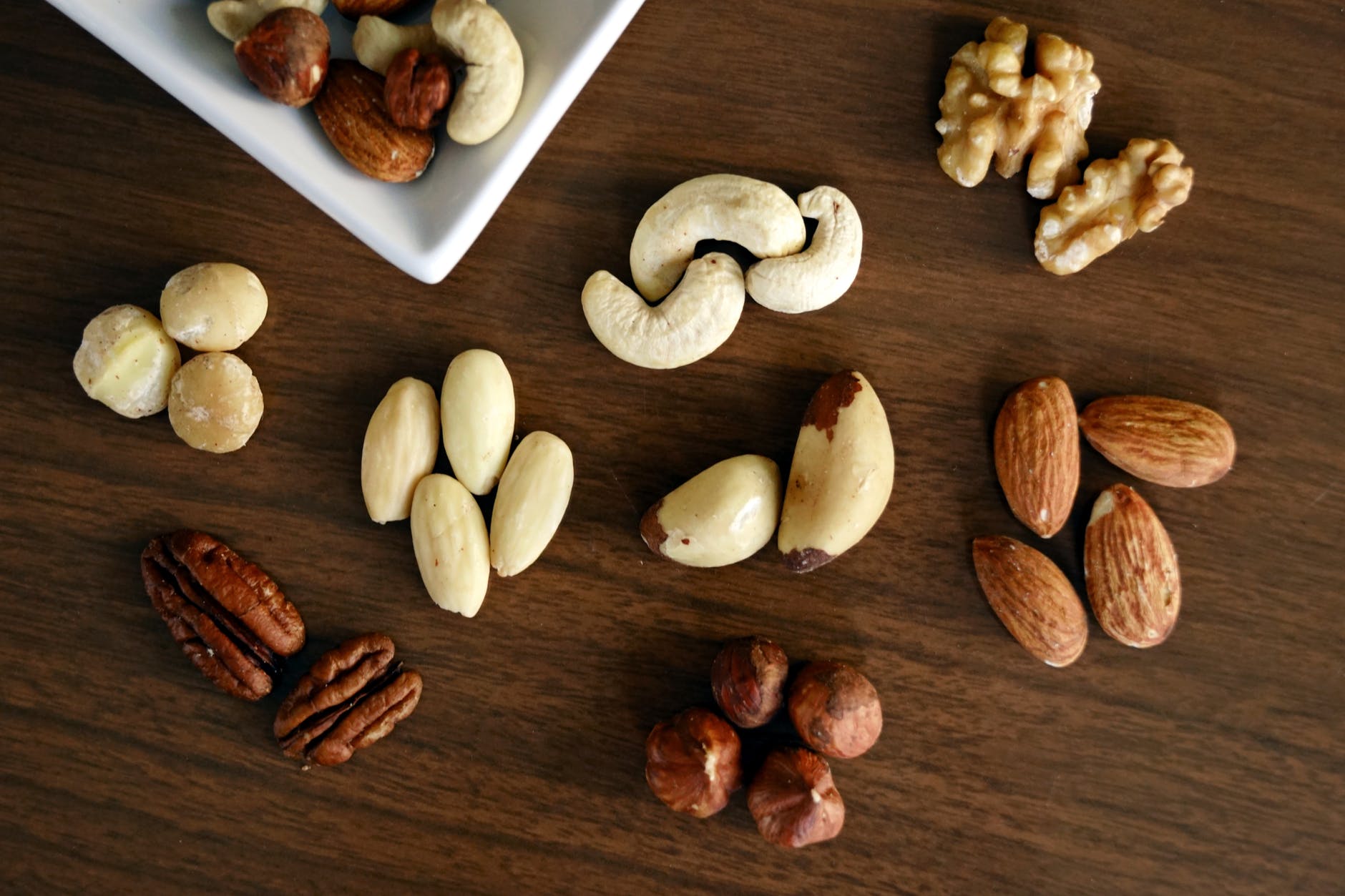
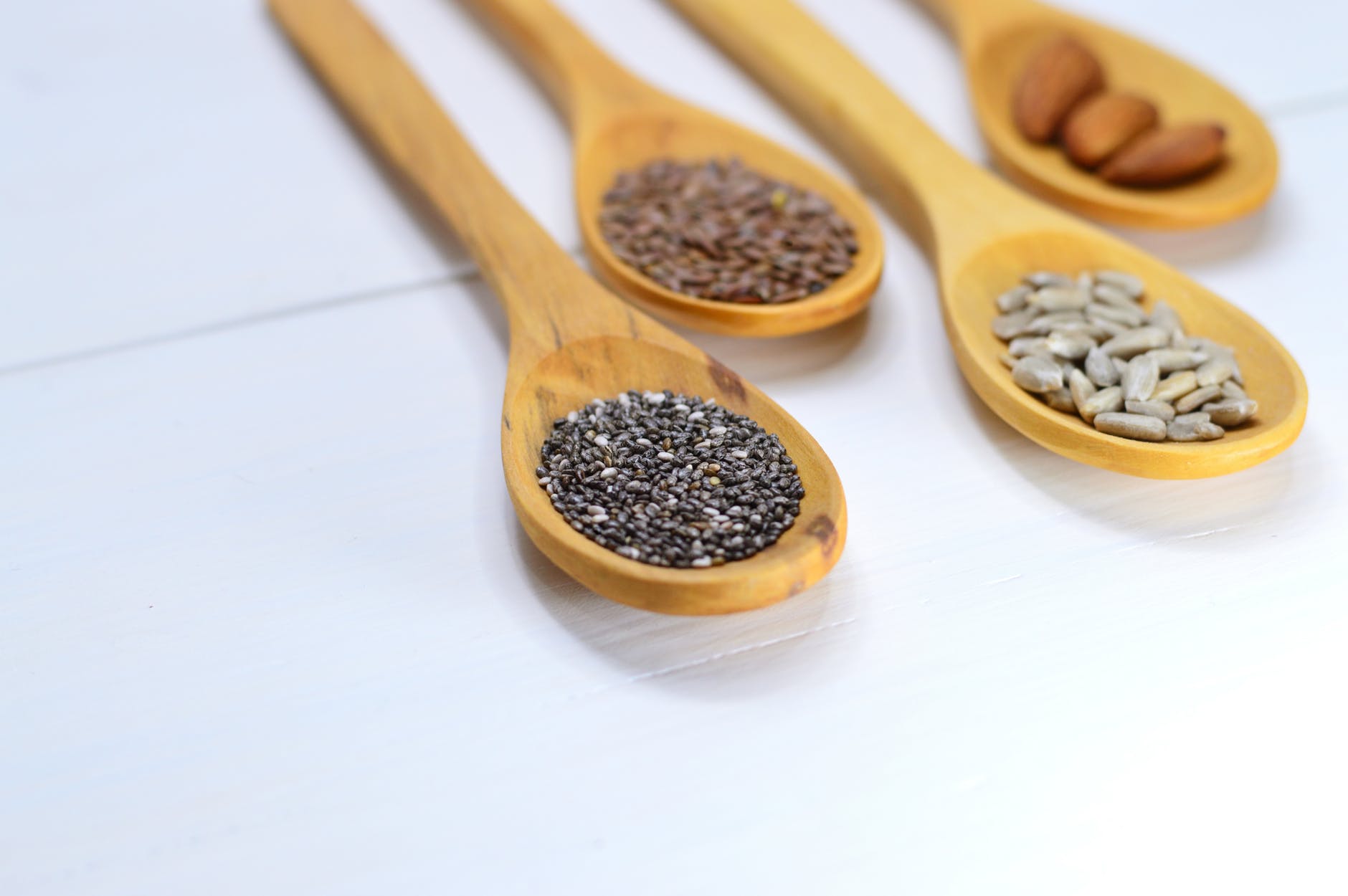


 By “hormonal”, we are referring to the severe mood swings that many women experience during pregnancy. Mood swings are also a common symptom of PMS, and in both cases, hormone imbalance is a likely cause. Unfortunately, hormone imbalance is quite common and is often a result of the unhealthy habits that our modern lifestyles promote. While there are many health factors that can cause moodiness, female hormone imbalance will be the focus of this discussion.
By “hormonal”, we are referring to the severe mood swings that many women experience during pregnancy. Mood swings are also a common symptom of PMS, and in both cases, hormone imbalance is a likely cause. Unfortunately, hormone imbalance is quite common and is often a result of the unhealthy habits that our modern lifestyles promote. While there are many health factors that can cause moodiness, female hormone imbalance will be the focus of this discussion. Regaining Balance
Regaining Balance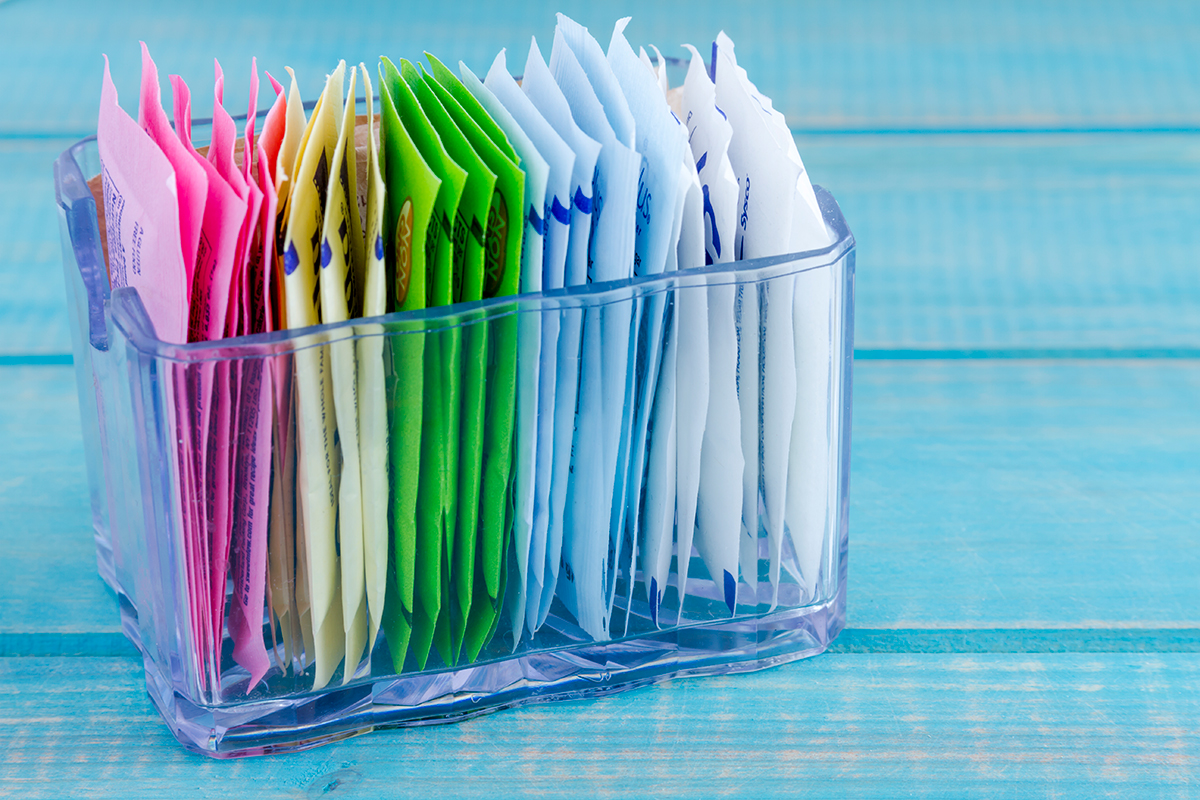
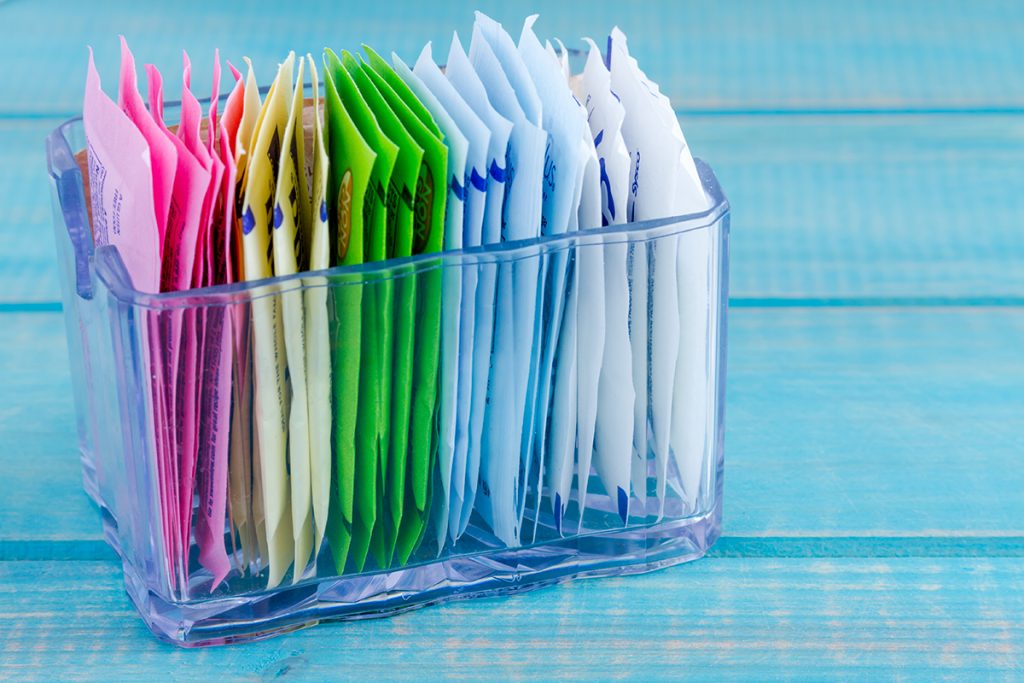 What are they?
What are they?
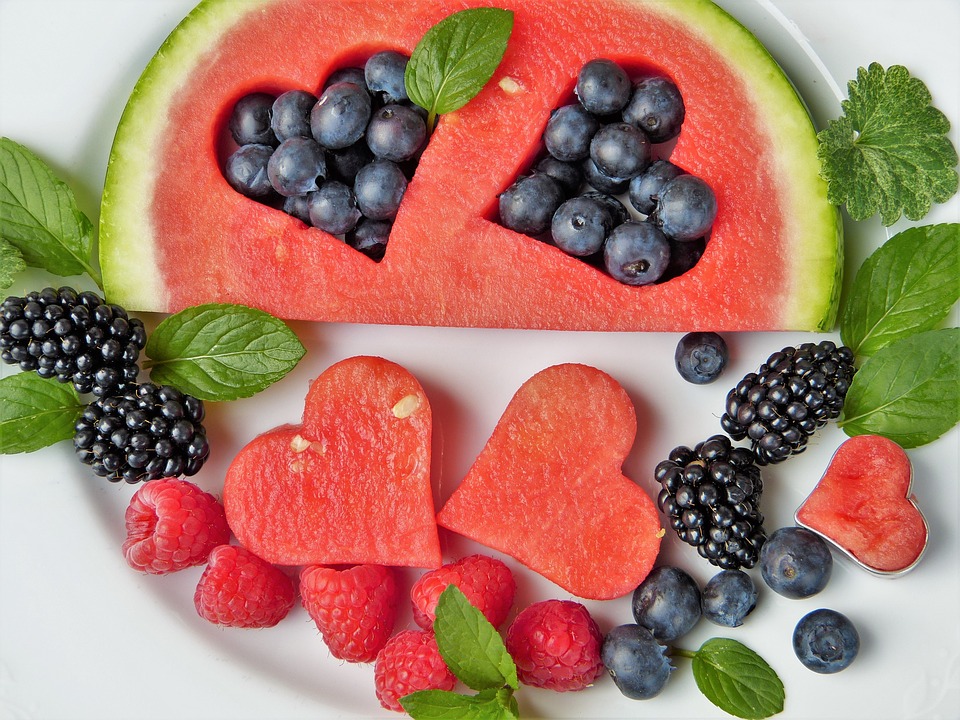
 According to the American Medical Association (AMA) and the American Cancer Society (ACS), a healthy diet is superior to taking a multivitamin. If you already eat a healthy diet, you are less likely to benefit from extra multivitamin pills, says Dr. Kormos.
According to the American Medical Association (AMA) and the American Cancer Society (ACS), a healthy diet is superior to taking a multivitamin. If you already eat a healthy diet, you are less likely to benefit from extra multivitamin pills, says Dr. Kormos.
 Choose products with fewer (less than 5) ingredients.
Choose products with fewer (less than 5) ingredients.

 But, on the flip side, it can be difficult to know what to follow and what activities could supercharge your health and fitness.
But, on the flip side, it can be difficult to know what to follow and what activities could supercharge your health and fitness.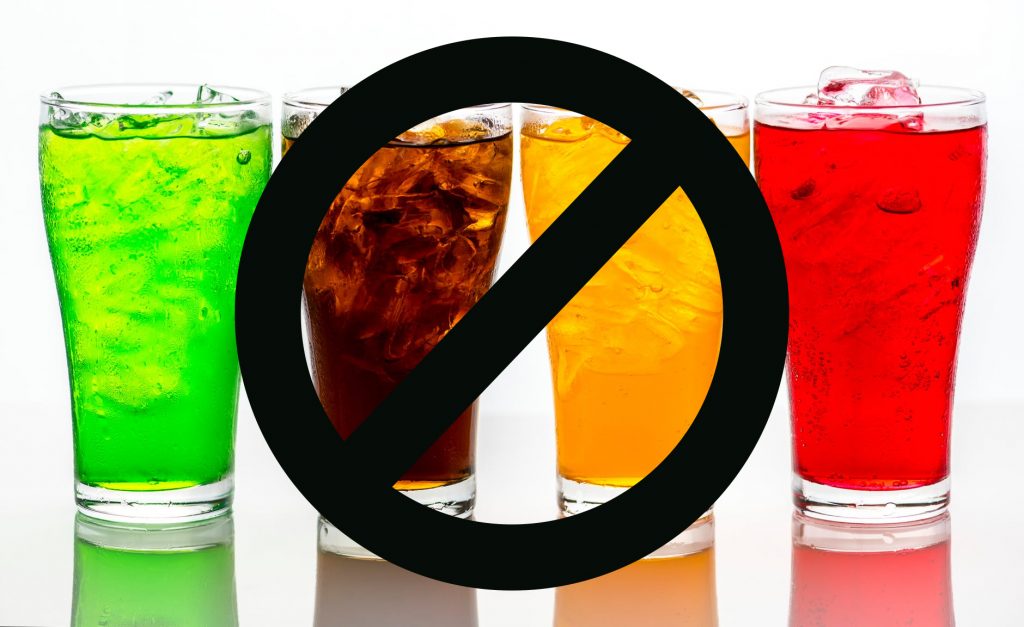 People include a lot of sugar-sweetened drinks in their diet. According to a study consumption of sugar-sweetened beverages is about 63% in children and 49% in adults. This forms the major source of added sugar that provides calories without nutrients.
People include a lot of sugar-sweetened drinks in their diet. According to a study consumption of sugar-sweetened beverages is about 63% in children and 49% in adults. This forms the major source of added sugar that provides calories without nutrients.